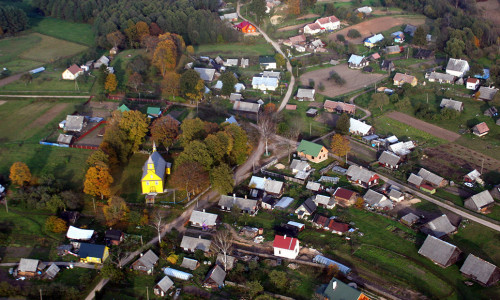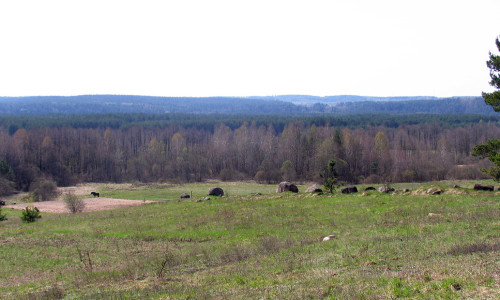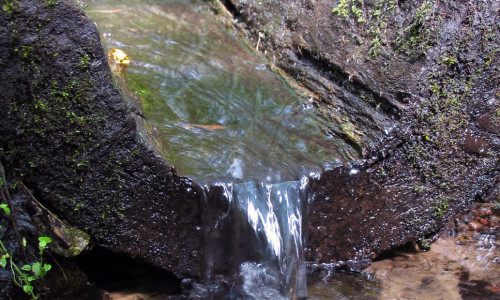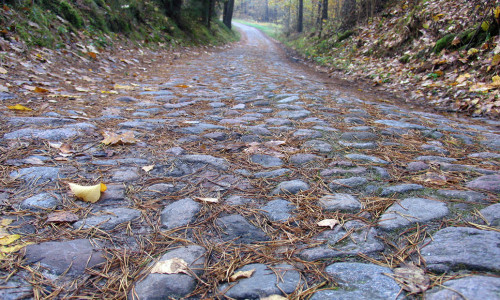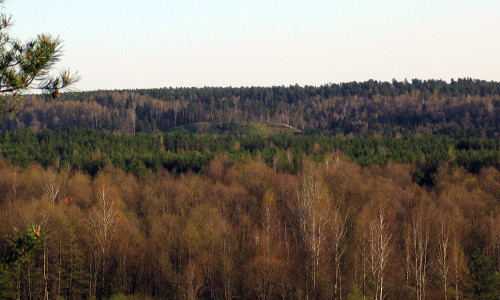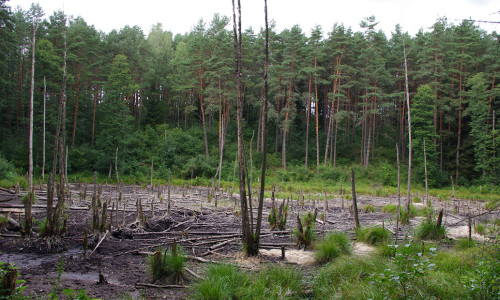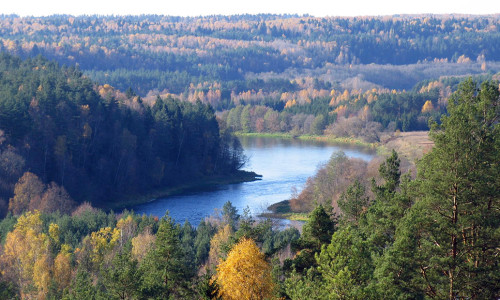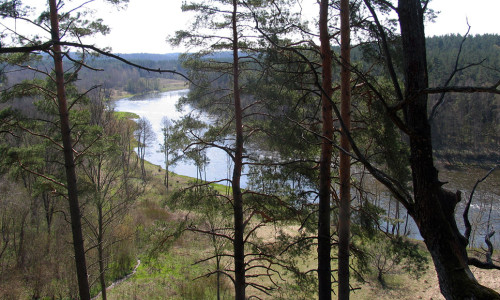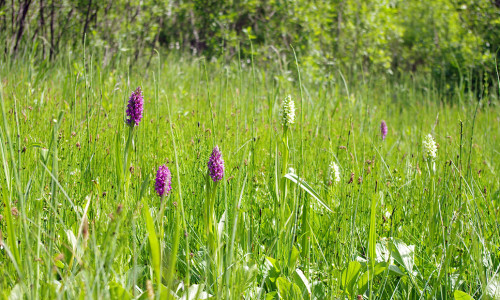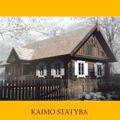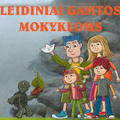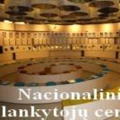Šilėnai cognitive path


 DURATION
DURATION3 h.
 DISTANCE
DISTANCE6 km.
Whether on two wheels or two feet, you can explore a beautiful, forested Neris river valley on this 6 km long tourist route. On this journey, you will see the etnographic Šilėnai village with a beautiful wooden church from 18th century, the picturesque Neris river valley and dense pine forests, an observation site (tower) with magnificent river valley panorama, two mythological springs, the biggest park’s swamp and much more. Travel bravely – along the entire route, you will be guided by wooden direction indicators.
Šilėnai village and mythological springs – This village of interesting streets‘ structure and old-time architecture is alive for more than half-millennium, hence it is acknowledged as the only ethno-cultural reserve in Neris regional park. The wooden village church was built in 1725 after „a divine sign“ – local herdsmen found a painting of the Holy Trinity in the riverside willows. Actually, the wonders of vicinity are not limited to this event only – alongside the village, you will find a healing spring that cures wounds and aching teeth. Further north there is another, bigger spring dammed up by the beavers. Local people call it „An Eye“, do you want to take a guess why so? 🙂
Stone cobbles (brukas). While travelling towards the hill fort of Naujoji Rėva, your tired feet will be able to enjoy a royal comfort of cobbles. In fact, the history of these cobbles does not go back to medieval times and isn‘t that romantic at all – it dates back to 1932 when the jobless paved this sandy road. The cobbles were leading to a beautiful two-storey wooden building – Legotiškės manor (Vilnius University students‘ rest house). It is a pity that today you would find nothing but the house foundations there…
The Hill Fort of Naujoji Rėva. Historians say that people inhabited this high and steep hill fort in the beginning of the second millennium. Back then this salience protected them from enemies, whereas today it allows us enjoy the spectacular panoramic views. Locals say that once a church had sunk here – they could hear a church bell ringing from the depths of the hill fort. Moreover, people used to find circural pathways on the sides of the mound and see processions walking along them…











